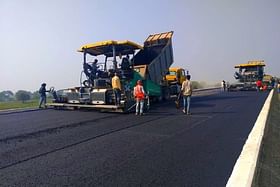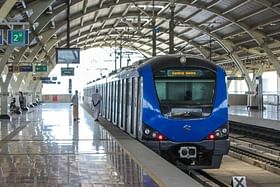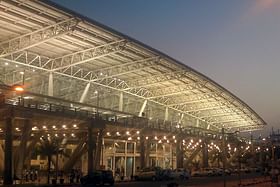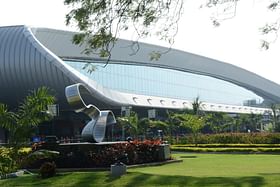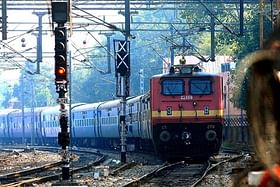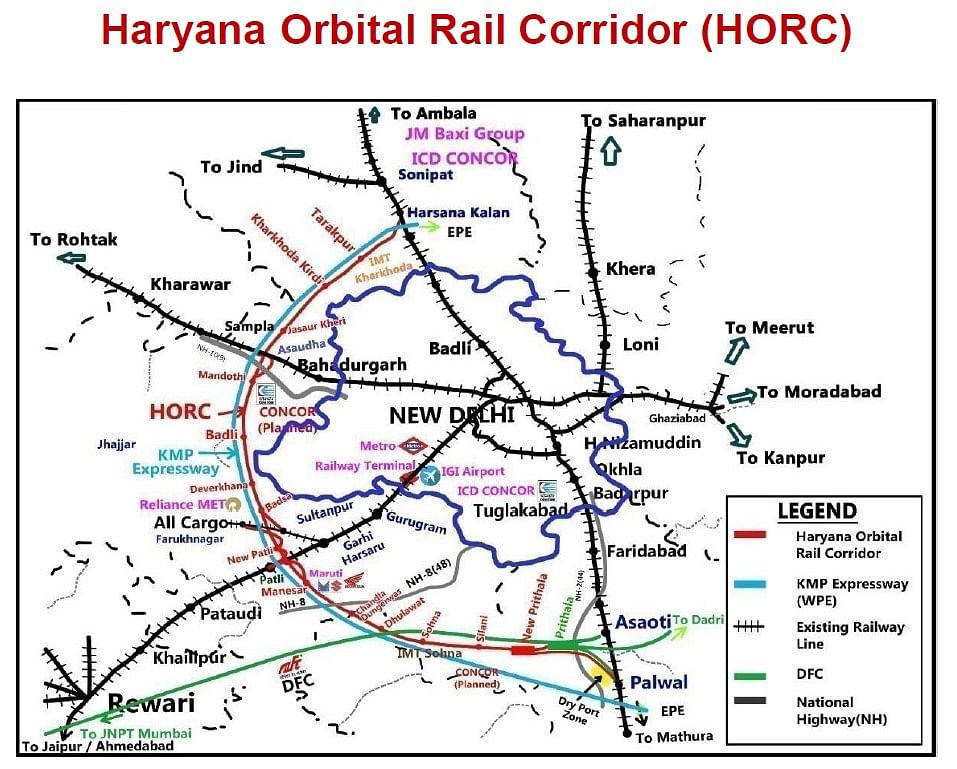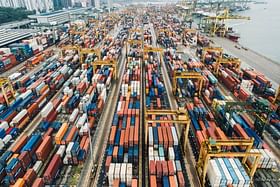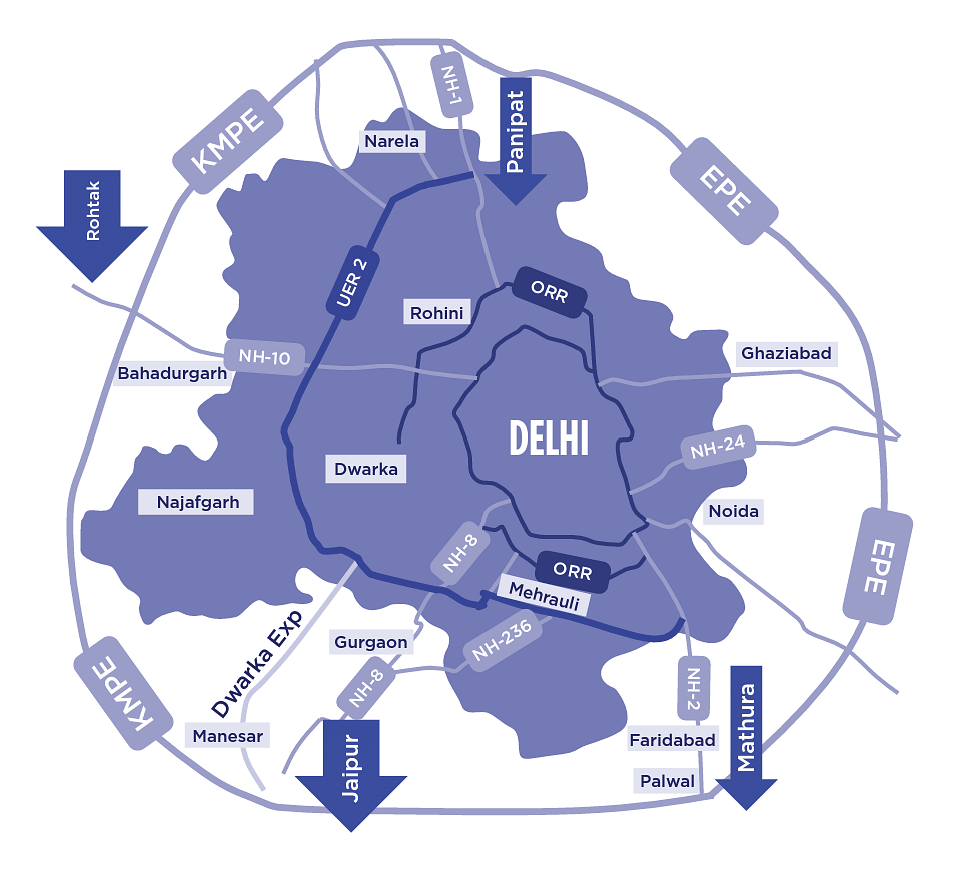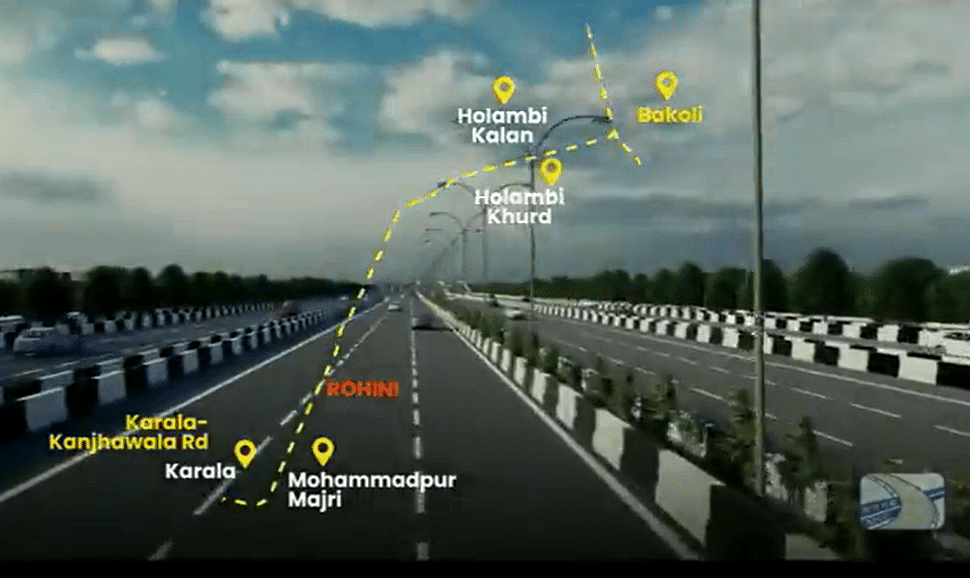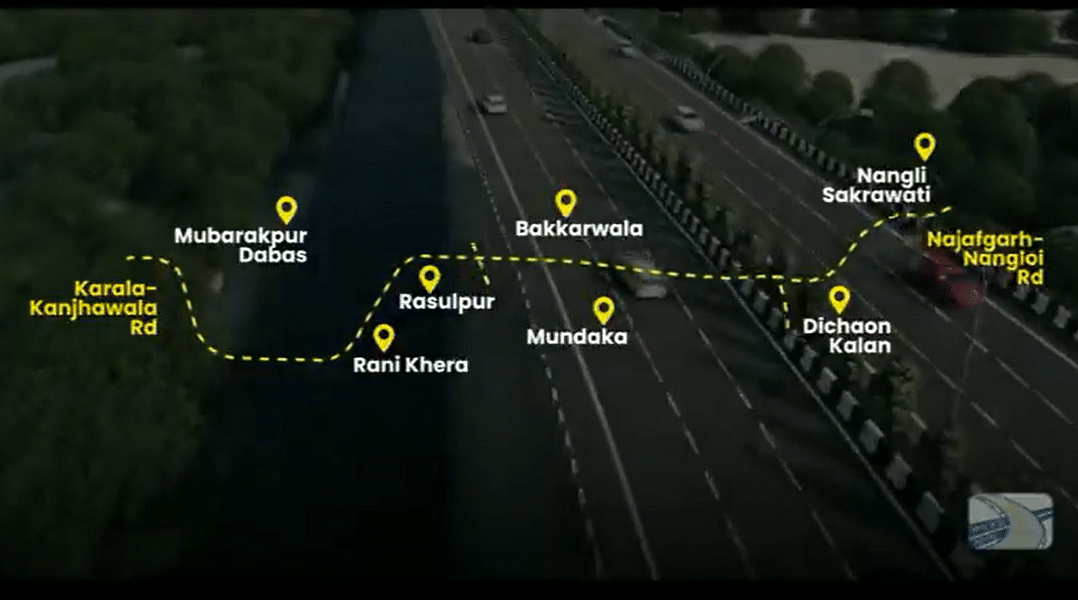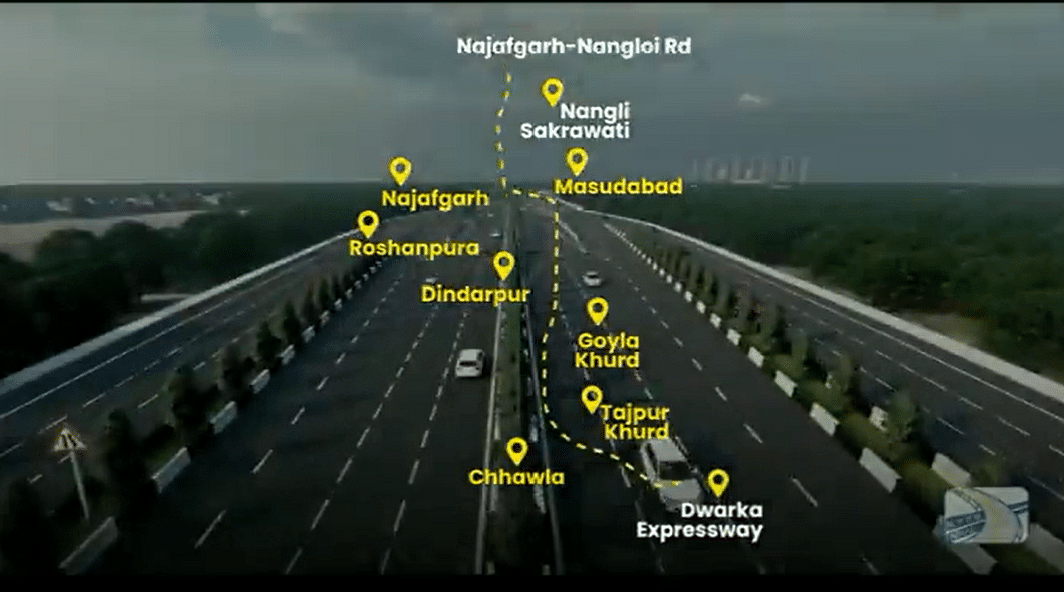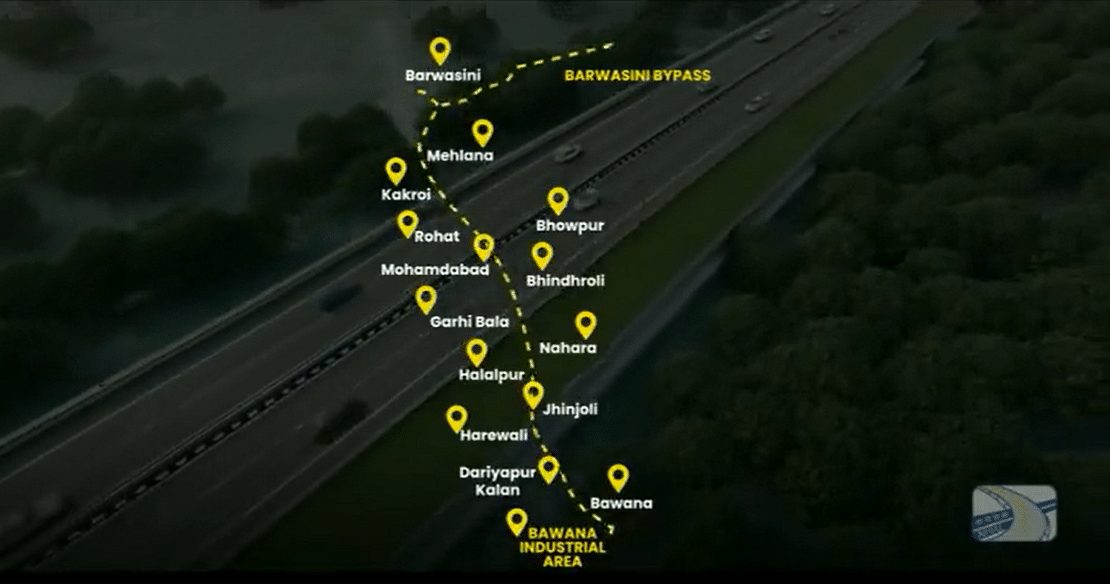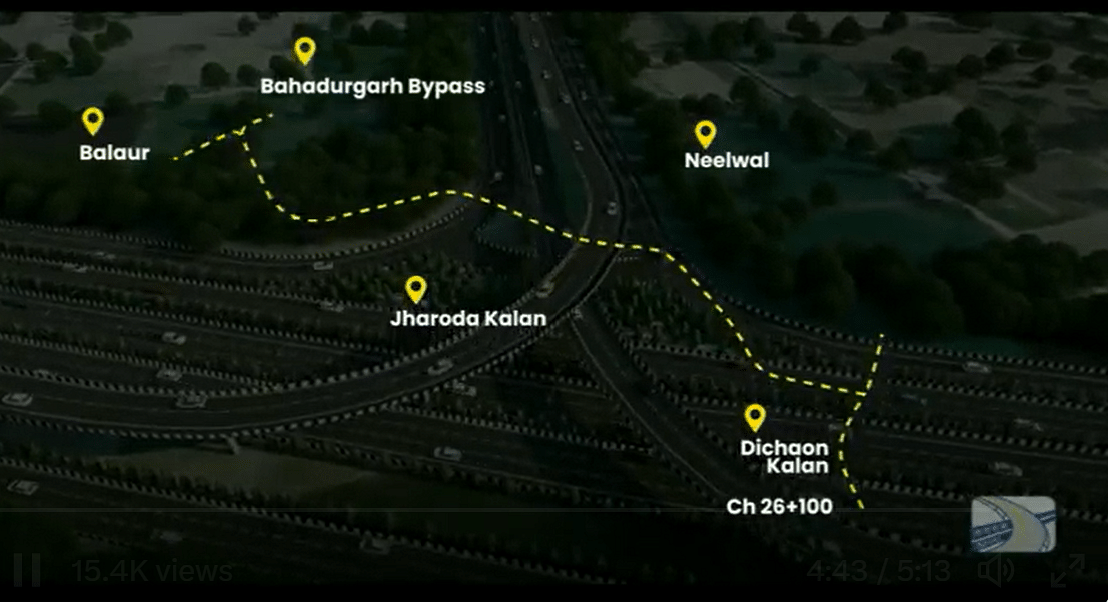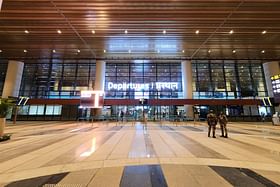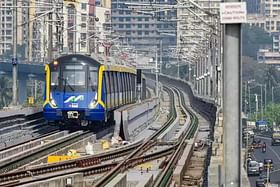The 91.35-km-long Gorakhpur Link Expressway, that connects Gorakhpur with Purvanchal Expressway, will soon be ready for operation.
The latest audit stated that more than 62 per cent of the construction work on the expressway has been completed.
While clearing and grubbing work is completed, activities related to civil work including Granular Sub Base (GSB), Wet Mix Macadam (WMM) and Dense Bituminous Macadam (DBM) are currently underway on the main carriageway.
The granular sub-base forms the lowest (bottom) layer of the pavement structure, and acts as the principal foundation for the subsequent road profile.
Wet Mix Macadam work includes laying and compacting aggregates premixed with water, to a dense mass on a prepared GSB layer.
The expressway once complete will ensure hassle-free movement of vehicular traffic from Delhi, Lucknow and Agra.
Alignment
The four-lane (expandable to six lanes) expressway begins at Jaitpur on NH-27 in Gorakhpur district, and culminates by merging with the Purvanchal expressway, near Salarpur in Azamgarh district.
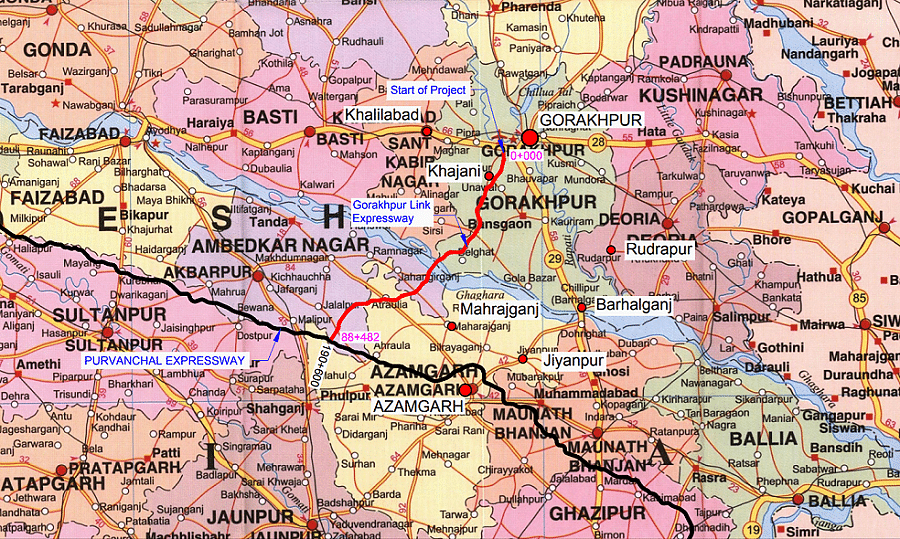
The access-controlled expressway spans across four districts of the state, namely, Gorakhpur, Sant Kabir Nagar, Ambedkar Nagar and Azamgarh.
Uttar Pradesh Expressway Development Authority (UPEIDA), which is the nodal agency for the project, is executing this project on Engineering, Procurement and Construction (EPC) mode.
The project has been divided into two packages for implementation. While APCO Infrastructure Pvt Ltd is developing 47-km-long Package-1 of the project, Package-2 with a length of 43.03 km is being built by Dilip Buildcon.
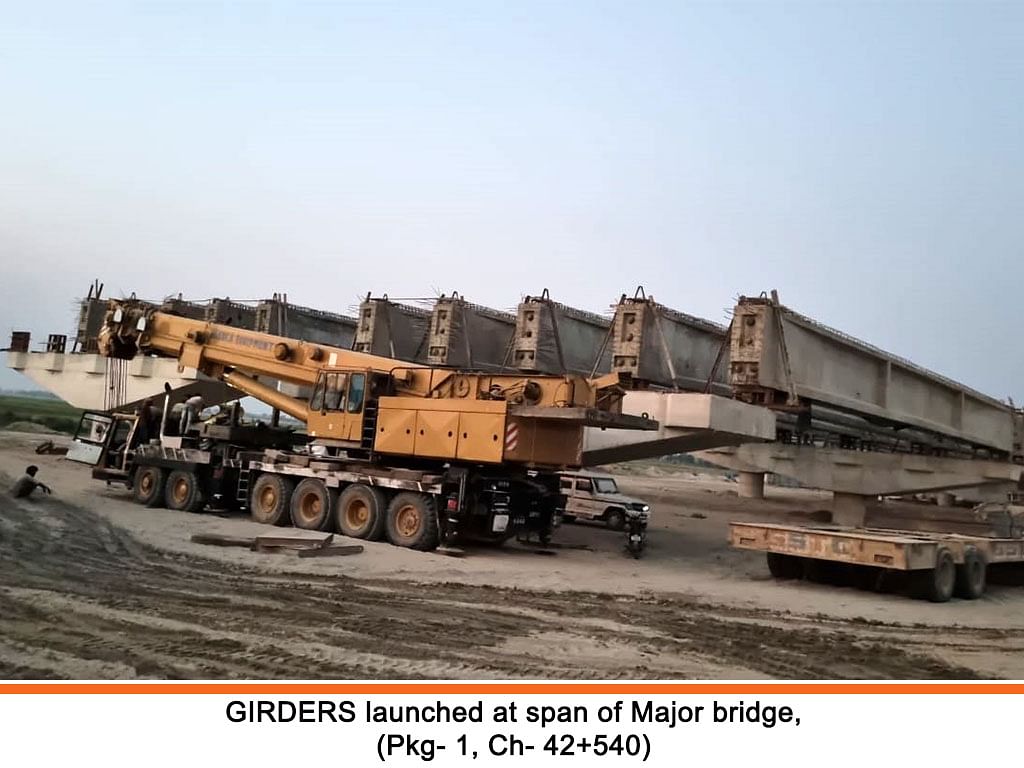
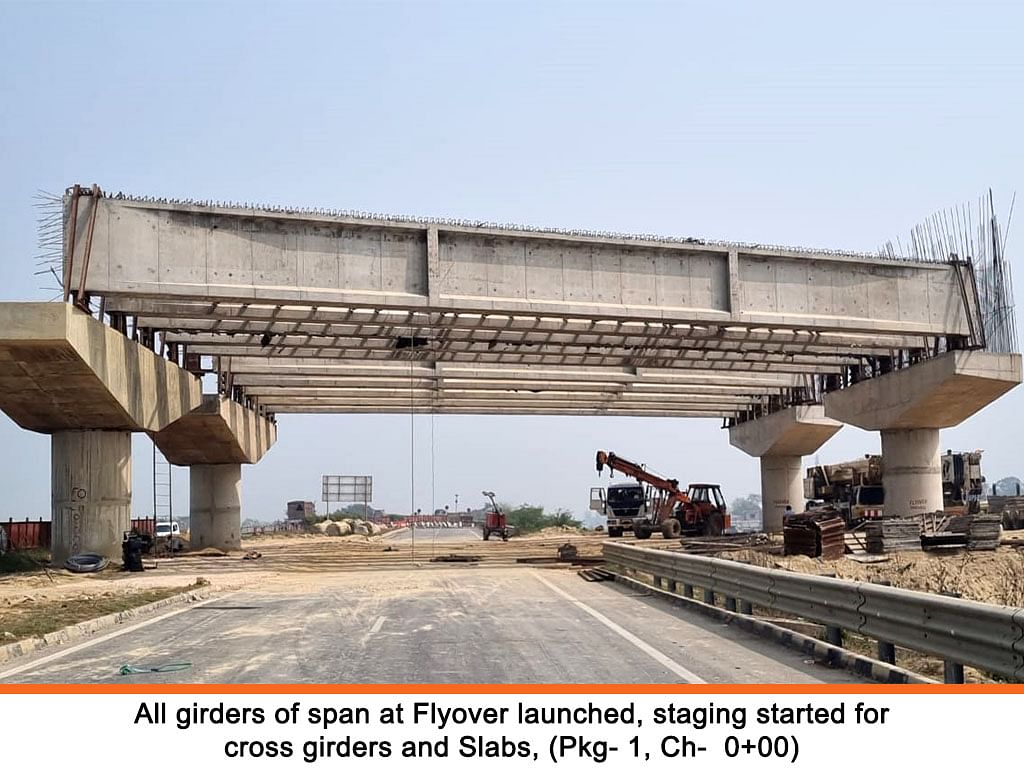
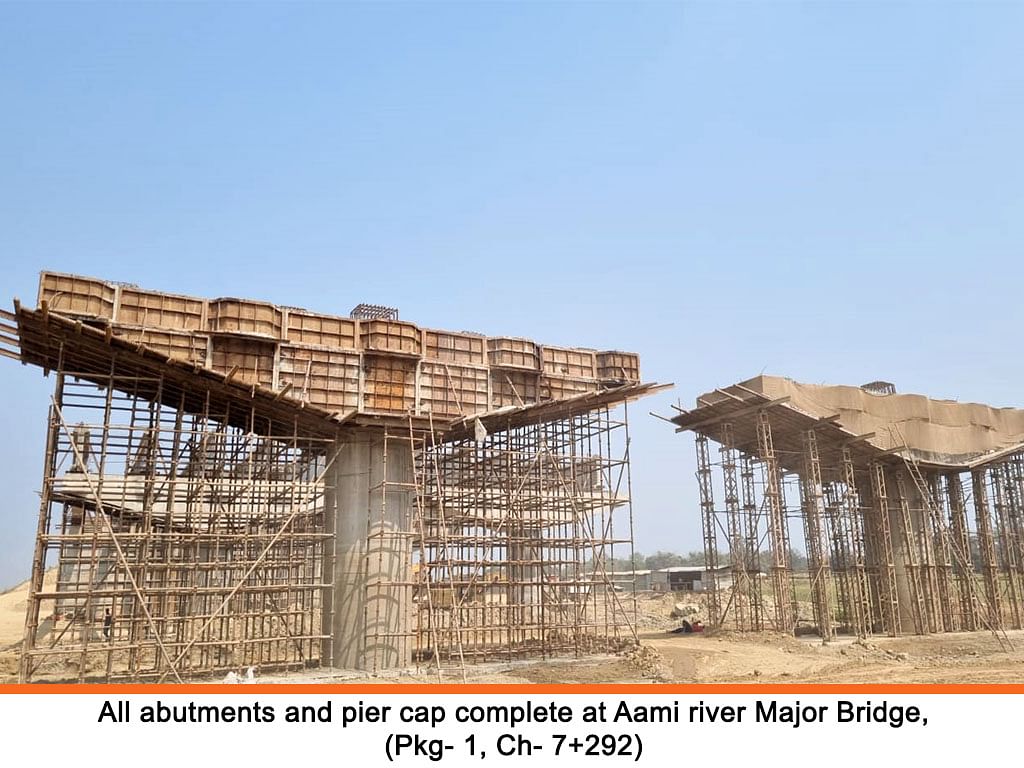
As part of the expressway, two toll plazas, three ramp plazas, seven flyovers, 16 vehicular underpasses, 50 light vehicular underpasses, 35 pedestrian underpasses, seven major bridges, 27 minor bridges and 389 culverts are also being constructed.
The Gorakhpur Link Expressway will also be linked with Varanasi through a separate link road, said a UPEIDA spokesperson.
December Deadline
Work on the Gorakhpur Link expressway commenced in February 2020 and will cost Rs 5,876.67 crore, including the cost of acquiring land.
In a review of development works taking place under the UPEIDA, chief minister Yogi Adityanath in February 2023 had set a deadline of December 2023 for the Gorakhpur link expressway.
The expressway is expected to be helpful as an industrial corridor to connect various production units. Keeping this in mind, the latest budget has made an allocation of Rs 200 crore for Industrial Corridor along the Gorakhpur-link Expressway.
Epicenter Of Expressways
Gorakhpur, the city known for its handloom and terracotta craft, is on a transformational journey. The city, located in the north-eastern part of Uttar Pradesh and Chief Minister Yogi Adityanath’s hometown, has received special attention in infrastructure development.
Apart from Gorakhpur Link Expressway, the Central government has granted its approval to build a greenfield expressway from Gorakhpur to Siliguri in West Bengal.
The six-lane, 520-km-long greenfield expressway will run from Gorakhpur in Uttar Pradesh to Siliguri in West Bengal via north Bihar. Around 85 km of the expressway would pass through Gorakhpur, Deoria and Kushinagar districts in Uttar Pradesh, before entering Bihar where it will run for 416 km and end in West Bengal after covering a length of 19 km.
Being developed at a cost of Rs 25,000 crore, it will provide a direct link for outbound traffic from North East region towards northern India including the national capital, Punjab and Haryana.
The National Highways Authority of India (NHAI) has finalised the alignment for the expressway and work tender for the project shall be awarded in the next few months.
